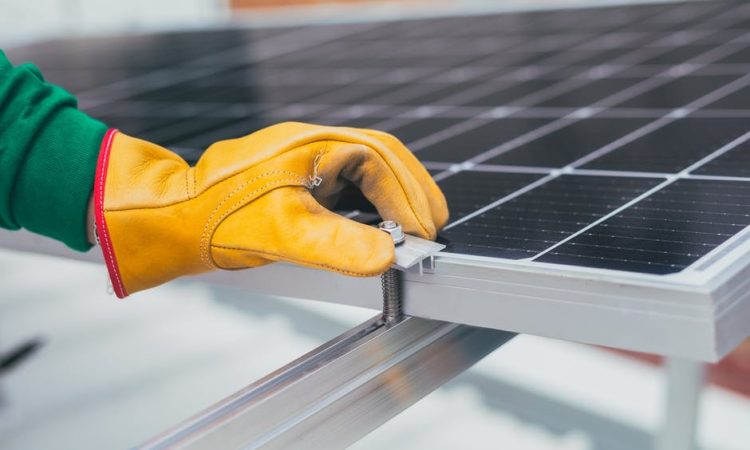
According to the SEIA’s latest report, residential solar installations grew by over 30% in 2021. So, if you want to avoid staying behind in changing times, it’s a good idea to brush up on your knowledge of this growing trend.
Let’s get started with the basics.
There are many significant differences when it comes to comparing solar cells vs. solar panels. Find out more about some terminology used in this technology by reading this solar panel and solar cell guide.
What Are Solar Cells?
Solar cells generate electricity when exposed to photons from the sun. They’re usually produced by slicing pure silicon into small slivers (monocrystalline) or by melting smaller chips of silicon together into a crystal before slicing it (polycrystalline).
These slivers are the building blocks of solar cells, which usually comprise several layers of them, with two semiconductors at the center.
One of the semiconductors has missing electrons, which give it a positive charge. The uppermost negative layer has extra electrons.
When sunlight strikes the top semiconductor, it shakes the extra electrons loose, and they flow toward the shortage of electrons in the bottom layer. This flow creates an electric current.
These conductors transmit this current to electrical wiring, so we can use it in our homes. Individual solar cells produce very little energy, so they’re always combined to create enough electricity to make an impact.
What Are Solar Panels?
A solar panel also called a photovoltaic module, comprises an assembly of solar cells connected in an arrangement of parallel circuits. Each of these makes up a solar module.
This helps combine the small amounts of energy created by the cells into a more usable form. The solar panel provides a framework to organize the solar cells, protect them from weather conditions, and keep them attached to your roof.
In short, solar panels amplify, protect, and direct individual solar cells’ energy to provide electricity into your home.
Most solar panels comprise 60 to 70 solar cells connected in this way, and you’ll need several of them to generate enough energy to supply your home.
The number of panels you need depends on a few factors. Find out more about this before you decide on a solar system for your needs.
Roles of Solar Cells vs. Solar Panels
Solar cells and solar panels can’t function without each other. They’re both vital components of larger solar systems that harness the sun’s energy to bring power into your home.
In the simplest terms, solar cells capture the sun’s energy. The solar panel array, or layout of these cells, helps turn this energy into electricity.
The solar panels channel the resulting electrical current via the solar system’s wiring to an inverter. The inverter converts the direct current created by the panels into alternating current for use in your home or business.
Moving Forward With Solar Power
Don’t let terminology dampen your enthusiasm to save the world. A great local solar panel installer will help you find the best solution for your home, regardless of whether you know the ins and outs of solar cells vs. solar panels.
So get in touch with a local provider know and take steps to combat carbon emissions as soon as you can. For more tips on how to save energy and help the environment, keep browsing our blog.




